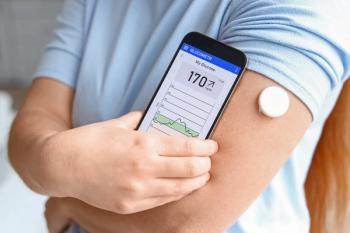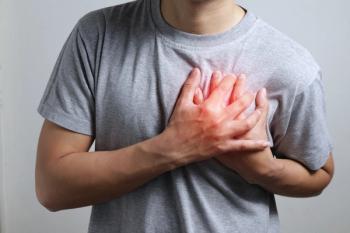
Should Controlled Substances Be Placed in Unit Dose Packaging for Child Safety?
A recent study highlights the decline in overdoses related to buprenorphine after the use of UDP, but should it be expanded?
Amid the opioid epidemic, with multiple deaths occurring each day and pharmacists dispensing naloxone kits to families and patients, the unintended consequence has been children accidentally ingesting pain medications leading to adverse outcomes. Poison control centers have seen an average of 32 calls per day related to opioid ingestion in patients < 20 years old, based on reports between 2000 and 2015.1 Teenagers were the hardest-hit population, with a higher risk of suicide attempts related to opioid ingestion. Nonetheless, those <12 years of age still had a significant number of events. Interestingly, while the rates of events decreased after 2009, buprenorphine exposure increased between 2012 and 2015. Children aged 0 to 5 years had the highest number of cases related to buprenorphine exposure at 90%, higher than all other age groups. Factoring in that buprenorphine use is rising because of treatment for opioid addiction, and it is not hard to imagine seeing a higher presence in the community overall.
That is an interesting finding, especially considering the shift in packaging that has occurred with buprenorphine in the past decade. Researchers recently announced their results in Pediatrics of the rate of overdoses associated with buprenorphine based on packaging changes that have occurred.2 The researchers looked into the Researched Abuse, Diversion, and Addiction-Related Surveillance System Poison Center Program to track unintentional ingestion of buprenorphine in those <6 years. Considering changes in the packaging of buprenorphine by manufacturers, 3 different time frames were observed: pre-unit dose packaging (UDP) from 2008 to 2010; the transition to UDP from 2011 to 2012; and post-UDP from 2013 to 2016.
The results of this study have demonstrated some promise in terms of UDP with buprenorphine. Pre-UDP had 20.57 exposures per 100,000 prescriptions, the transitional UDP stage had 8.77 exposures per 100,000, and the post UDP period had 4.36 exposures per 100,000 prescriptions, an overall ~80% decrease in events. That is a decent drop and provides pause for thought. Should all controlled substances be UDP for poison prevention in children? That seems to be the question being raised by some in the media and even by the researchers themselves.
I can see the logic behind that conclusion if UDP helped decrease events in those <6 years of age, and we know that it is an issue. Surely, UDP in other high-risk drugs should be considered. It would not be the first time that packaging for safety has gone through some significant developments. Look back to the Chicago Tylenol murders in the early 1980s when potassium cyanide was put into bottles, leading to 7 deaths. Fear of copycat crimes and further murder sprees led to the use of tamper-resistant packaging, and by 1989, the FDA had established guidelines for all others to follow.
Child-safe packaging is its own area, with multiple laws that govern it. But in this case, amid the opioid epidemic, it makes us wonder whether manufacturers might take a proactive approach with that in mind to prevent overdoses in children. If that were the case, what would happen to pharmacists who dispense controlled substances? Would it make it easier or harder for the workflow? On the one hand, it may make counting easier, but the packaging might be larger, perhaps requiring larger inventory space or safes.
References
1. Allen JD, Casavant MJ, Spiller HA, Chounthirath T, Hodges NL, Smith GA. Prescription opioid exposures among children and adolescents in the United States: 2000—2015. Pediatrics.
2017;139(4):pii: e20163382. doi: 10.1542/peds.2016-3382.
2. Wang GS, Severtson SG, Bau GE, Dart RC, Green JL. Unit-Dose Packaging and Unintentional Buprenorphine-Naloxone Exposures. Pediatrics. 2018
;
pii: e20174232. doi: 10.1542/peds.2017-4232.
Newsletter
Stay informed on drug updates, treatment guidelines, and pharmacy practice trends—subscribe to Pharmacy Times for weekly clinical insights.
















































































































































































































